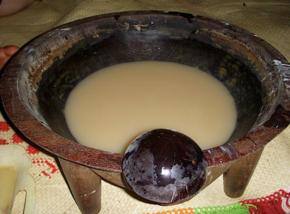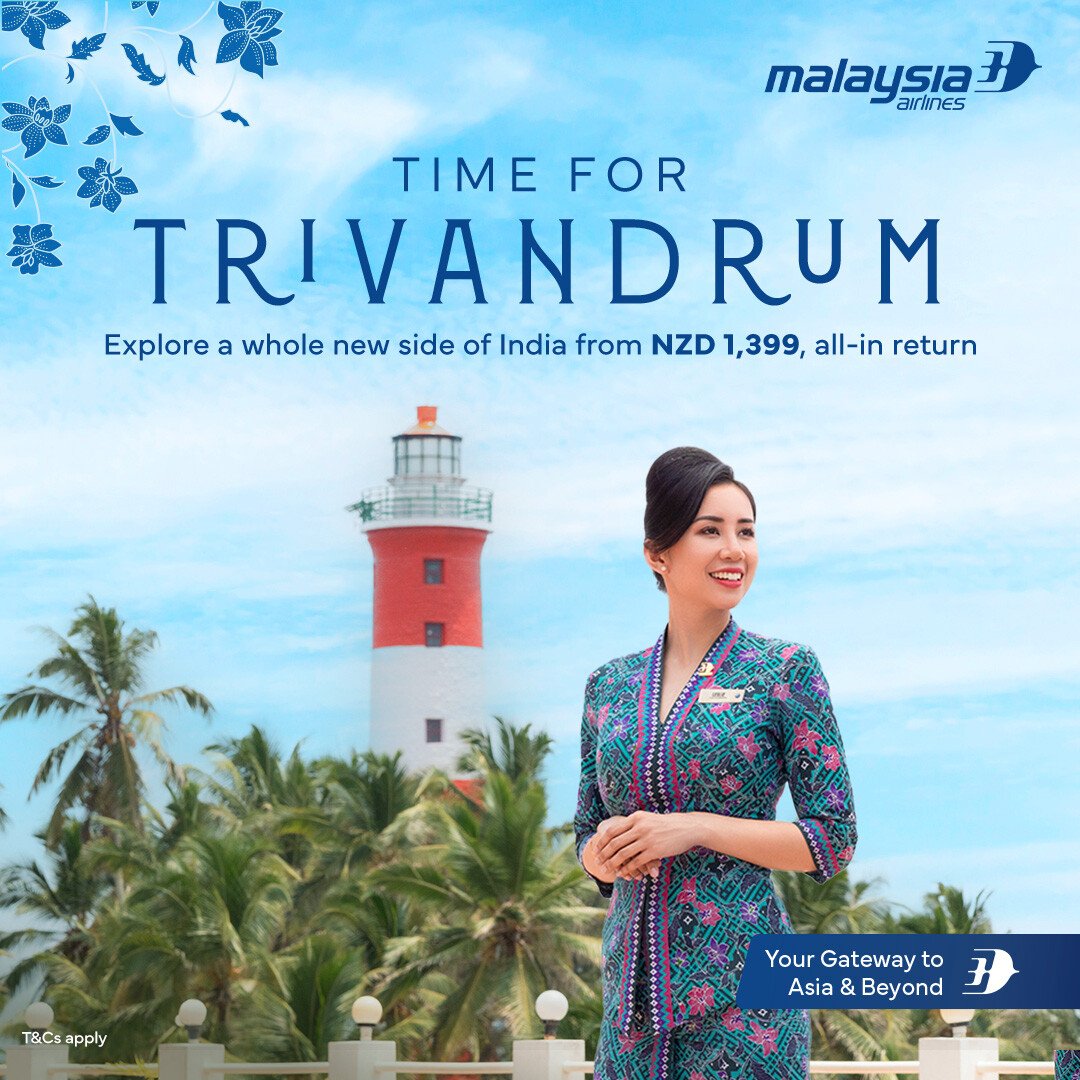National drink or religious scourge?

It is Fiji’s national drink. It has been served to visiting royalty and other prominent dignitaries for hundreds of years.
Today, it continues to hold a rightful place of respect as far as the country’s traditional Fijian ceremonies are concerned.
Fijians drink it in the villages and in the towns; and the Indian are fond of it too.
Some would say a sizeable population of Fiji Indians is more than fond of kava, a muddy coloured beverage squeezed out of pounded root powder of the kava plant (piper methysticum) mixed with water, resulting in a bitter brew.
But now, thousands of miles from its origins, kava drinking – or yaqona as it is commonly know – is well into establishing its roots among the Fiji Indian community living in New Zealand.
So much so that some now say that Fiji Indians are now consuming more kava than the native Fijians for whom the beverage has traditional significance.
More of a concern among the Fiji Indian community is that fact the yaqona drinking is now a regular feature after pooja ceremonies in New Zealand – be it winter or summer.
Most Fiji Indian in New Zealand homes allow kava drinking sessions to be held after pooja ceremonies, providing a social interaction which extends well into the early hours of next morning.
Reacting to comments that kava drinking is beginning to emerge as a social problem in the community, Auckland religious leader Pundit Nitya Nand Sundar says he is not against the consumption of anything which is meant for human consumption.
“Yaqona drinking should be used as it should be, but should not be abused,” Pundit Nitya Sundar told the Indian Weekender.
“If man consumes yaqona, fine; if yaqona begins to consume the man, that’s not fine.”
Pundit Sundar said he was not against consumption of kava, but definitely should not be consumed during pooja.
“In some instances, it has become like a disease. Yaqona these days also runs mandalis – no yaqona, no mandali.”
Mt Albert resident Dhirendra Singh said as far as he was concerned, kava fell under the category of drugs and he was against it being consumed at pooja functions.
“It doesn’t suit the occasion, and needs to be controlled. There are so many health issues arising out of it, and not to mention the social issues.”
Mr Singh also told of a man so doped by kava drinking that he could not walk and ended up peeing in his car before he could start the engine and drive away.
Pundit Sunil Sharma, who recently returned from a trip to Fiji, said he could not believe the amount of kava being consumed in Fiji and in New Zealand by the Indian community.
“It is becoming a big problem, young boys are drinking it these days; Nobody listens to any advice.”
Pundit Sharma said he believed more Fiji Indians were now drinking kava than Fijians.
He cited the recent case of a funeral gathering in Fiji where $900 worth of kava was consumed over the 13 days of rituals which follow a Hindu death.
Pundit Ravi Maharaj said yaqona was a Fijian tradition, and had nothing to do with the Indian community, but was widely used among the latter.
“There is no kava in Fiji churches, no kava in the mandir, so there should be no kava at pooja functions,” said Pundit Maharaj, who drinks kava occasionally. He was for kava being consumed outside the pooja function areas.
He also emphasized that kava was a key factor in keeping the religious mandalis operation in Fiji villages and in New Zealand.
“No Yaqona, no mandali; sometimes it can be as simple as that,” Pundit Maharaj said. “It is a great social attraction, but definitely has some social costs attached to the habit.”
He said a united educational campaign was needed to inform the young people about the pitfalls of drinking too much kava.
“This has to be a united effort from the pundits in New Zealand – a good way to go forward on the subject.”
Manurewa resident Anil Kumar, who occasionally allows yaqona after pooja functions at his home, said he believed yaqona should not be drunk during pooja ceremocies.
“It is great for welcoming guests, but that’s it; it has no religious functions as far as we are concerned.
Mr Kumar called for a community education campaign advising people about the downsides of kava consumption.
Kava can be found in recreational and social gatherings. It has been used as a social drink for high-ranking chiefs and elders, drank as a form of welcome for honored guests, consumed for preparation and completion of an event or of work, to validate status, observe births, marriages and deaths, to relieve stress, remedy illnesses etc.
A soothing drink with proven medicinal effects, kava is now available to anyone seeking to calm nerves or ease stress as well as anxiety while combating fatigue the natural way.
Its special anti-depressant components fight the "blues" and bring on a happy, tranquil state. Kava is amazing for treating ailments like migraine headaches and cramps but best of all, it keeps the mind alert as the body relaxes.
This traditional drink still plays a key role in Fijian, Samoan, and Tongan societies where it is drank in ceremonies meant to honor visitors, unite participants and validate their social identities.
Only time will tell whether any educational drive has been successful in dampening the thirst for the “muddy water” beverage in New Zealand.
Meantime, “talo”.




